The Archaeology of the Holocaust
The Archaeology of the Holocaust
Vilna, Rhodes, and Escape Tunnels
Richard A. Freund
ROWMAN & LITTLEFIELD
Lanham Boulder New York London
Dedicated to the memory of the Jews and Judaism of Greece and Lithuaniamay their names be for a blessing!
Published by Rowman & Littlefield
An imprint of The Rowman & Littlefield Publishing Group, Inc.
4501 Forbes Boulevard, Suite 200, Lanham, Maryland 20706
www.rowman.com
6 Tinworth Street, London SE11 5AL
Copyright 2019 by The Rowman & Littlefield Publishing Group, Inc.
All rights reserved . No part of this book may be reproduced in any form or by any electronic or mechanical means, including information storage and retrieval systems, without written permission from the publisher, except by a reviewer who may quote passages in a review.
British Library Cataloguing in Publication Information Available
Library of Congress Cataloging-in-Publication Data Available
978-1-5381-0266-4 (cloth)
978-1-5381-0267-1 (electronic)
 The paper used in this publication meets the minimum requirements of American National Standard for Information SciencesPermanence of Paper for Printed Library Materials, ANSI/NISO Z39.48-1992.
The paper used in this publication meets the minimum requirements of American National Standard for Information SciencesPermanence of Paper for Printed Library Materials, ANSI/NISO Z39.48-1992.
Printed in the United States of America
Preface
T he Archaeology of the Holocaust: Vilna, Rhodes, and Escape Tunnels takes you inside a paradigm shift in Holocaust studies and archaeology. You will join me in one of the first applications of a technological and methodological revolution in archaeology and Holocaust studies using noninvasive geoscience as a precursor to any excavation, but most especially at Holocaust sites. According to many in my research group, we have worked in six countries and at as many as forty-five different sites from a variety of periods. Using complementary noninvasive geoscience technologies (each technology confirming the others results), along with GPS smart but intelligible digital mapping of a site, ensures that accurate results can be immediately transmitted to local governments for action, whether that be follow-up excavations or marking of the site.
Jews are particularly sensitive to the issues of disturbing Jewish burials, and have developed very specific views regarding the violation of Holocaust sites. Jewish law is quite explicit in its condemnation of moving or tampering with burials. This book documents a more-appropriate method for examining and documenting Holocaust sites with mass burials using geoscience. Youll read about how we now use technologies to ensure that we do not desecrate the victims a second time by digging up their remains in an attempt to document the Holocaust. It is a methodology which has served my group well, not only in Holocaust-era sites, but also in holy sites in many places where traditional archaeology just cannot be done. I contend that if all archaeology was done using this methodologyin a systematic way, before ground is brokenfar more would ultimately be achieved, with less excavation required.
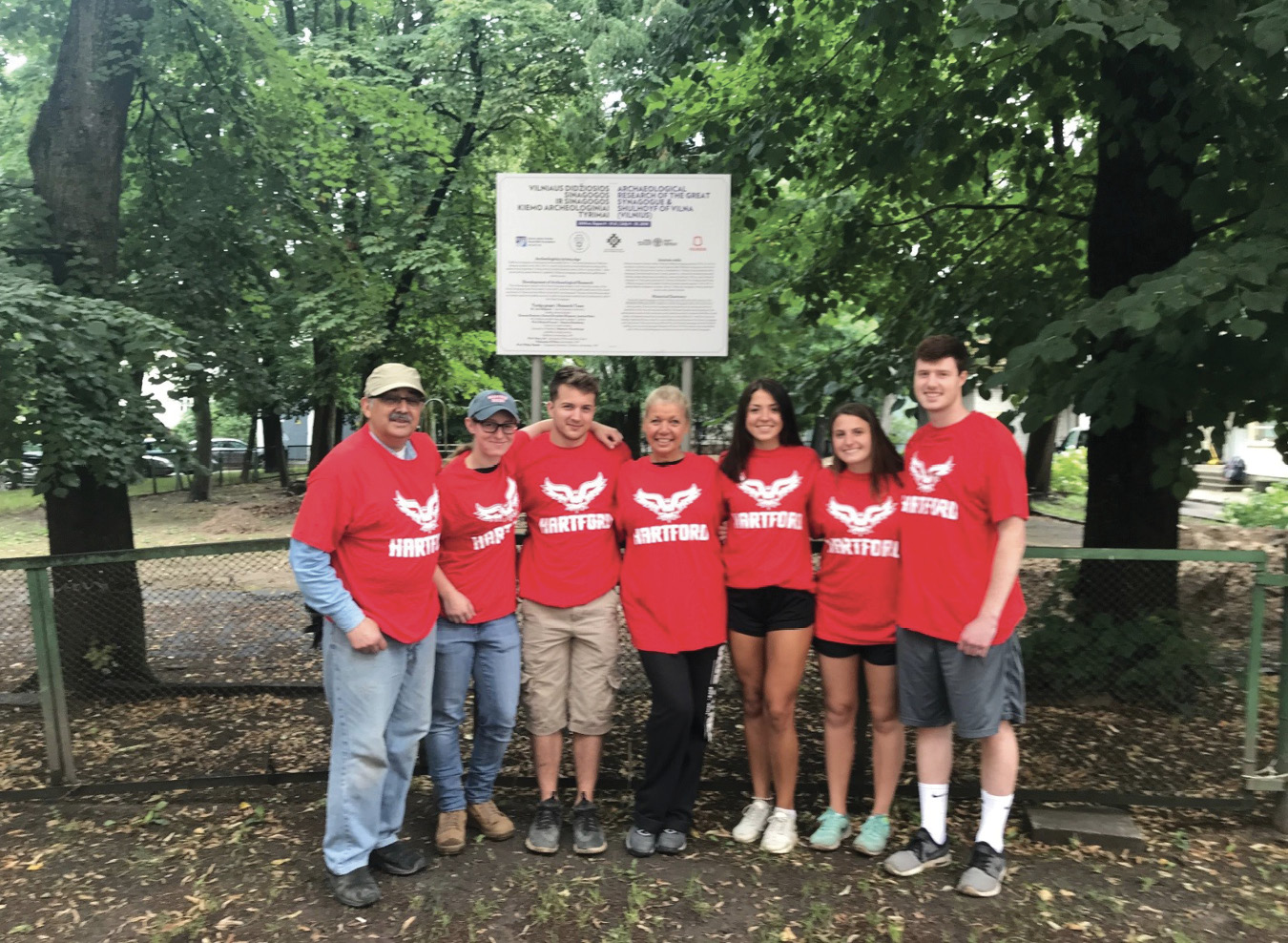
(Left to right) Professor Richard Freund, with 2018 University of Hartford students and colleagues: Abigail Dunkin, Justin Lockhart, Professor Susan Cardillo, Taylor Ugrinow, Dima Karakitukova, and Kyle Conti, standing in front of the recently placed sign at the site of the Great Synagogue of Vilna, Lithuania, discovered under an elementary school in downtown Vilnius in 2015, using GPR and ERT. (Courtesy of Richard Freund, the Vilna Excavations Project at the University of Hartford)
Overview
I include a short introduction to the major ideas that led up to the Holocaust, such as anti-Judaism and anti-Semitism; the stages of Nazi anti-Semitism that led up to the violence; and ultimately, the so-called Final Solution. This book introduces and suggests way of integrating testimonies into Holocaust studies in general, but, more importantly, how to use testimonies in field investigation. Learning how to critically read testimonies and integrate them into the science is key to this new frontier in Holocaust studies which this book chronicles.
Following this introduction are chapters on the Kahal Shalom and Kahal Grande Synagogues in Rhodes (and even a sense of where the earliest synagogues of Rhodes might still lay buried); the Great Synagogue and Shulhoyf of Vilna, at Ponar; the Lithuanian killing fields at Forts IX, VII, and IV in Kovno, and at HKP 562, a labor camp on the outskirts of Vilnius; Sobibor, a Nazi death camp in eastern Poland; Otwock, Poland; Rasu Prison, Vilnius; and our searches for mass burial sites in the Rokiskis region of Lithuania, where the use of testimonies was integral to our work.
To my mind, survivor testimonies represent the largest untapped body of information for scientific research of the Holocaust. These testimonies from different sources were compared one to another and placed alongside the testimonies of bystanders and perpetrators, and critically evaluated. You will read how the survivors, perpetrators, and bystanders provide detailed maps and descriptions of sites that no longer exist. All of these peoples maps and descriptions give the scientific work greater context, setting this work apart from other books on the archaeology of the Holocaust that deal separately with archaeological evidence and the testimonies that give the evidence context. The testimonies are not just footnotes in our work; they are integral to our assessment of the project from start to finish. I take them seriouslyas if they are just as important as the archaeological artifacts themselveswhile recognizing the unique nature of the Holocaust and trauma memory in general.
Significantly, I wrote this book with access to survivors, bystanders, rescuers, and perpetrators who can (and did) speak for themselves. I personally spoke and engaged with them. Future researchers may only have access to video and audio accounts. I see this book as presenting a methodology of how to use the testimonies effectivelynot just slavishly following them for the facts, but as guidelines for the scientific work.
I have had the opportunity to personally speak to and understand many of these sites that we are permitted to work on through the eyes of the individuals who lived through the events that took place there. These testimonies preserve more than just the events; the fact that I still have the ability to go to the field to do our work and sometimes go back to these living sources and ask questions is a key difference between this book and any other that will be written in the future, when we will no longer have living witnesses. This book is also different from other works on the archaeology of the Holocaust because rather than only being concerned with understanding the fate of anonymous Jews among the six million who were killed, I researched sites with very specific information about both the location and the individuals involved.
Documenting Jewish Life Before and After the Holocaust
This book not only makes a significant contribution to Holocaust and genocide studies, but also to Judaic studies and history in general. In order to understand what has been lost in a genocide, I think we must provide the cultural history of the people and what they believedwho they were, how they lived, what they ate, drank, and dreamed about. In this book I include the cultural history of Sephardic and Ashkenazic Jewries in my chapters on Rhodes and Vilna. All too often people forget that the Holocaust extended far beyond the traditional boundaries of Europe, ranging from North Africa and throughout the Mediterranean, from the Middle East and Asia, to all parts of Europe. It took more than two millennia to build the Jewish culture of Rhodes and Greek Jewry, and it was lost in a matter of months. The five hundred years of Vilna and Lithuanian Jewry was lost in the span of three years. The Jews were in Poland for a thousand years before suffering the loss of their Jewish population. Knowing what was lostthe religious customs, the languages, the literature, music, art, food, and dance, the institutions, the intellectual and personal capital of the Jews of these countriesthis is often forgotten in the quest for details about the Holocaust. The archaeology of the Holocaust is only meaningful when we understand what came before.
Next page
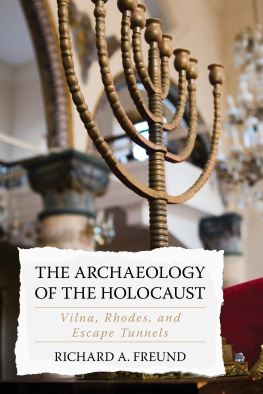

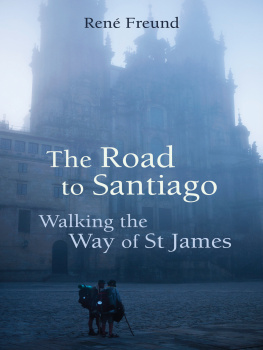
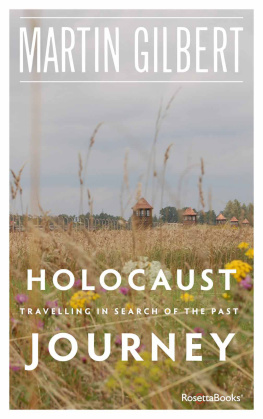
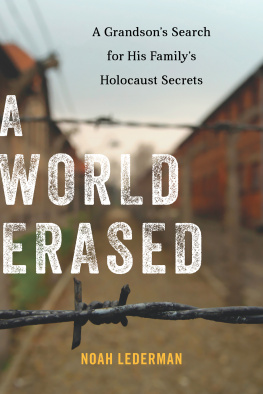

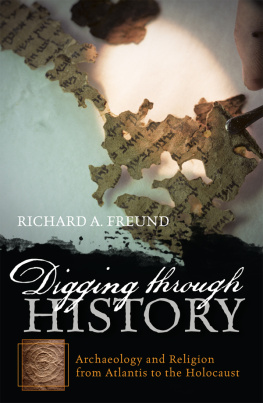
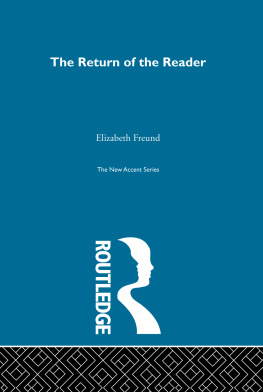
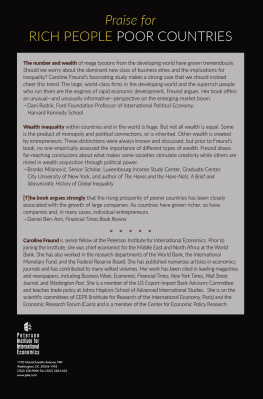

 The paper used in this publication meets the minimum requirements of American National Standard for Information SciencesPermanence of Paper for Printed Library Materials, ANSI/NISO Z39.48-1992.
The paper used in this publication meets the minimum requirements of American National Standard for Information SciencesPermanence of Paper for Printed Library Materials, ANSI/NISO Z39.48-1992.